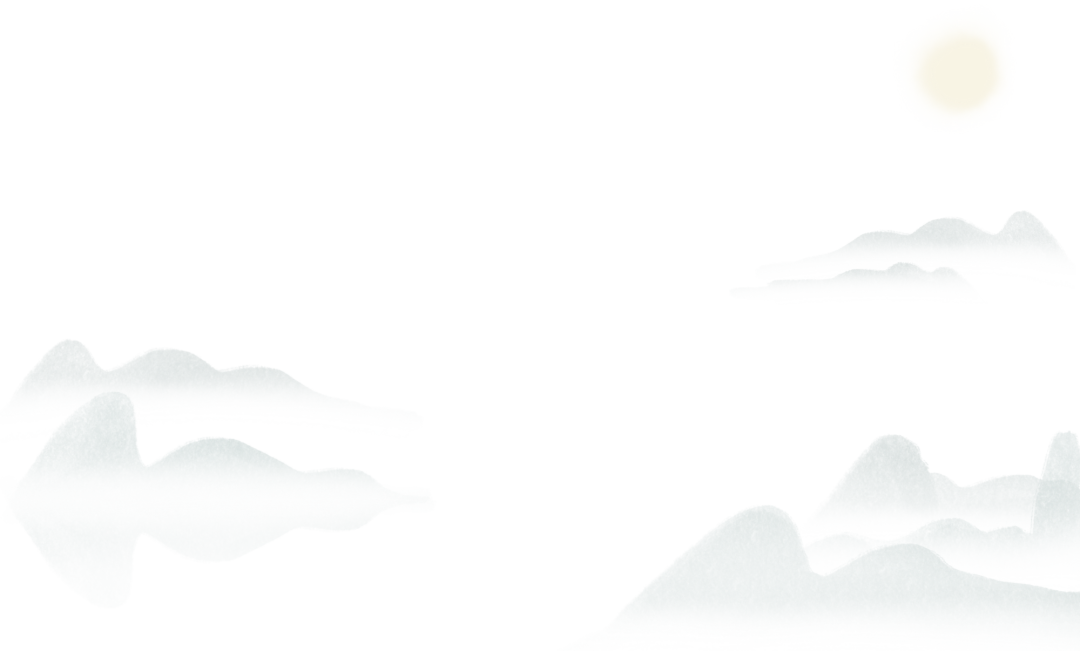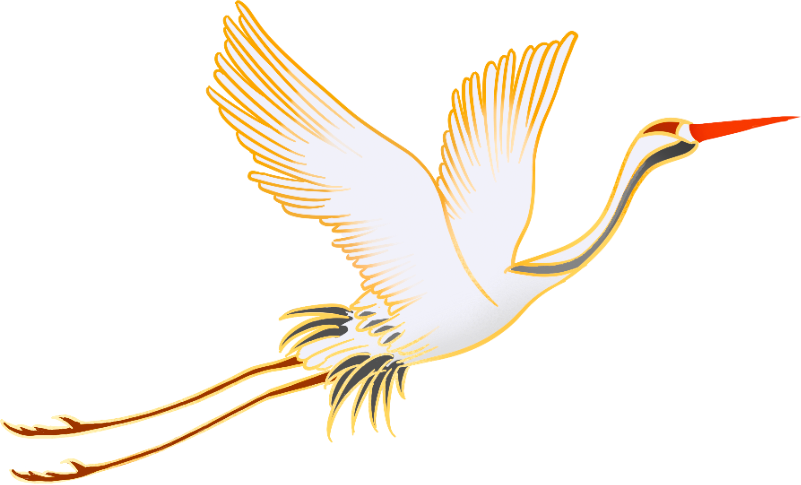


Unknowingly, we have entered winter, which is the best time for taking Gao Fang (medicinal paste). It has been said since ancient times that “supplementing in winter leads to strength in the coming year” and “three nines of supplementation in winter leads to fewer illnesses next year.” What exactly is Gao Fang? What are its effects? Why is it so highly regarded? Today, let us discuss this together.
1
What is Gao Fang in Traditional Chinese Medicine?
Gao Fang, also known as medicinal paste, is named after its dosage form and is one of the eight types of dosage forms in Traditional Chinese Medicine (TCM), which include pills, powders, pastes, elixirs, wines, tinctures, decoctions, and tablets. It is based on large compound decoctions, established with different prescriptions according to different constitutions and clinical manifestations, and is made into a thick semi-liquid or gel-like form after concentrated decoction and the addition of certain excipients. Gao Fang can be used externally or taken internally, with internal medicinal pastes being the most common.
2
Characteristics of Gao Fang in TCM
Gao Fang generally consists of more than 20 or even more herbal ingredients, belonging to the category of large and compound prescriptions, often containing herbs that tonify Qi and blood and regulate Yin and Yang. It is a type of advanced nutritional supplement with therapeutic and preventive health benefits.
Compared to general decoctions, TCM Gao Fang has a higher concentration, smaller volume, and stable medicinal properties. It does not require decoction when taken, is consumed in small amounts, has a pleasant taste, and is convenient for storage and transport, making it suitable for long-term use. It has irreplaceable advantages for preventive health care or the regulation of chronic diseases.
“One herb, one property; a hundred diseases, a hundred prescriptions.” Gao Fang is guided by the principle of “differentiation of syndromes and treatment,” prescribing tailored formulas based on individual constitution and conditions.
3
Suitable Populations for Gao Fang in TCM
① Patients with Chronic Diseases:Chronic diseases lead to insufficient Zheng Qi (vital energy), imbalance of Yin and Yang, and dysfunction of the organs. Gao Fang can help restore the balance of Yin and Yang and harmonize Qi and blood, facilitating disease treatment and recovery.
② Cancer Patients and Post-Chemotherapy Care:Cancer patients often have weakened bodies, and the effects of chemotherapy can be significant. Through syndrome differentiation and treatment, individualized Gao Fang can be formulated for different patients, types of tumors, and stages, which can tonify Qi, strengthen the foundation, and eliminate pathogenic factors, reducing the side effects of chemotherapy while enhancing the body’s Zheng Qi and preventing disease progression.
③ Sub-healthy Individuals:Those with poor constitution, low immunity, or who are prone to colds, or those experiencing poor appetite, fatigue, mental fatigue, memory decline, or insomnia due to excessive work or mental stress.
④ Elderly Individuals:The elderly often have weakened organ functions, insufficient Qi and blood, and low energy. Supplementing with Gao Fang in winter can help regulate organ functions and tonify Qi and blood to prevent disease, combat aging, and promote longevity.
⑤ Beauty Seekers:The spleen and stomach are the source of Qi and blood production. Weakness in the spleen and stomach leads to insufficient Qi and blood, accelerating aging. If the spleen and stomach function well, Qi and blood production is sufficient, nourishing all organs and skin, enhancing anti-aging ability and vitality, resulting in a rosy complexion and skin that is full of luster and elasticity.
⑥ Children:Children’s development is not yet complete, and their constitution is often weak. Appropriate supplementation according to their growth needs can strengthen their bodies and lay a good foundation for their lifelong development.
4
Gao Fang and the Spleen and Stomach
Gao Fang can regulate chronic spleen and stomach diseases
As the saying goes, “nine out of ten people have stomach issues,” everyone has varying degrees of spleen and stomach diseases, whether mild or severe, often exacerbated by poor lifestyle, habits, and diet, leading to younger onset of spleen and stomach diseases. However, few pay attention to this. Spleen and stomach diseases are often characterized by deficiency, with excess cold and mixed deficiency and excess. The treatment of spleen and stomach diseases is “30% treatment, 70% nourishment,” making Gao Fang suitable for gradual nourishment and regulation. The greatest advantage of Gao Fang in treating spleen and stomach diseases is that the medicine reaches the affected area directly, and compared to decoctions, it is consumed in smaller amounts, has a pleasant taste, and its sweet, moistening, and nourishing properties support the body and eliminate pathogens, harmonizing Qi and blood, making it irreplaceable for the regulation of chronic spleen and stomach diseases.
Gao Fang for Any Disease or Health Maintenance
Should Emphasize the Spleen and Stomach
The normal functioning of the spleen and stomach is the foundation for the efficacy of medicines.
In TCM, the spleen and stomach are considered the foundation of postnatal life and the source of Qi and blood production. When the spleen and stomach function well, Qi, blood, and fluids can be produced normally, nourishing the five organs, limbs, and body, allowing life activities to proceed normally.
The spleen and stomach are located in the middle jiao (the central region of the body) and are the pivot for the rise and fall of Qi, as well as the hub for fluid metabolism. When the spleen and stomach function well, Qi rises and falls normally, and fluid metabolism is normal, allowing the Qi and blood produced by the spleen and stomach to be distributed throughout the body, ensuring the normal functioning of the organs.
When the spleen and stomach’s functions of receiving and transforming are normal, medicines can be absorbed, achieving the desired therapeutic effects. Therefore, clinical prescriptions should always consider the spleen and stomach, avoiding the use of bitter and cold medicines that harm the stomach, greasy and cloying substances that injure the stomach, and hot and spicy substances that injure Yin. It is common to add ingredients that strengthen the spleen and aid digestion to large nourishing prescriptions.
5
Storage of Gao Fang
Store in porcelain or enamel containers, avoiding aluminum or iron pots; keep in a cool place or refrigerate; prevent moisture from entering the container to avoid mold and spoilage; if mold spots appear due to humid weather or warming climate, use a clean fruit knife to scrape off the moldy layer, then steam it at high temperature in a water bath; if mold appears deep inside the paste, it should not be consumed.
6
Method of Taking Gao Fang
Take an appropriate amount of Gao Zi (generally 15-30g per dose), place it in a cup, add boiling water, stir well, and consume; or hold the Gao Zi in the mouth and let it dissolve slowly for absorption, such as the Qing Guo Gao (green fruit paste) used for treating chronic pharyngitis; if the paste is thick, it should be melted with boiling water before consumption. Depending on the condition, warm yellow wine can also be added for consumption. (When taking Gao Fang daily, use a fixed spoon to avoid introducing moisture into the container, which can cause mold and spoilage.)
7
Contraindications for Taking Gao Fang
Generally, it is not advisable to take Gao Fang with tea, and one should avoid raw, cold, spicy, and irritating foods. Avoid excessive use of hot and warming substances such as dog meat, beef, ginger, garlic, and scallions; avoid seafood and other foods that can provoke conditions (such as yellow croaker, ribbon fish, etc.); and avoid hard-to-digest foods.
“
Contributed by | Department of Gastroenterology
Authors | Wang Wei, Wang Youhui







